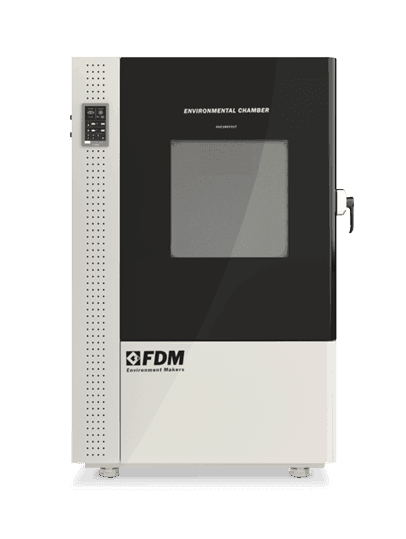
Solar panels with photovoltaic technology are among the cleanest and safest sources of energy we have at our disposal.
Not everyone knows, however, that the aerospace sector makes extensive use of solar cells in order to meet the energy needs of orbiting objects.
These solar cells must be thoroughly tested before being used in orbit and the thermal cycles in the environmental chamber are among the mandatory tests according to international standards.
But let's see step by step.
What are Solar Cells for Space Uses for?
The marriage between photovoltaic technology and the aerospace sector is ancient when the space race itself. In fact, photovoltaic technology was developed in the middle of the last century and already Vanguard 1, the first US satellite, sent into orbit in 1958, was equipped with six micro cells that produced 1 watt of electrical power.
Since then, technology has made great strides and each satellite has employed ever more efficient and durable photovoltaic models.
Today the satellites must remain in orbit for a period of 10-15 years. To ensure that the investment is not in vain, all the components of a satellite must be rigorously tested before launch.
The solar panels that guarantee energy self-sufficiency are no exception and their production is regulated by a series of international bodies.
In Europe we have the ECSS.
Perform
Extreme Testing
Discover the new series of Environmental Chambers for controlled climate testing
The ECSS E ST 08C Standard for Thermal Cycles on Solar Cells
The European Cooperation for Space Standardization, abbreviated with the acronym ECSS, was founded in 1993 and is responsible for outlining international standards that serve as a reference both for European space missions and for those of the space agencies of individual member countries.
The ECSS E ST 08C is one of these standards and is responsible for regulating the tests to which photovoltaic technologies for space use must be subjected.
The solar panels of satellites are therefore divided into the following components: photovoltaic assemblies, solar cell assemblies, bare solar cells, coverglasses and protection diodes.
The thermal cycle test is recommended for bare solar cells and coverglasses.
What is the purpose of the thermal cycle on solar cells
Orbiting satellites have to withstand over ten years in a very particular climate, subject to extreme and sudden temperature changes.
The climatic test known as the thermal cycle is concerned with simulating this type of condition in an environmental chamber. We have covered it in detail here.
As for its application on solar cells for space uses, the thermal cycles will be repeated for the number of times prescribed by the aforementioned standard in order to simulate the effect that a full year in orbit will have on the satellite.
You cannot find the ideal chamber for your test?
Create your own environment, according to any test requirement
The FDM Environmental Chamber for Thermal Cycle Tests on Solar Cells
FDM environmental chambers are the ideal tool for performing extreme temperature tests such as thermal cycling on space-based solar cells.
They have a temperature range that goes from -70 ° C up to + 180 ° C and a relative humidity control that goes from 10% up to 98%.
In addition, they have a heating rate of 5 ° / min and a cooling rate of -4 ° / min as standard, but which can be further customized according to the customer's requests.
Furthermore, thanks to the practical revoFACE controller, it is possible to program the process.
For further doubts and questions, please do not hesitate to contact us.
Would you like to receive a quote or do you have questions about the product?
Contact us to receive more information about this Product.



